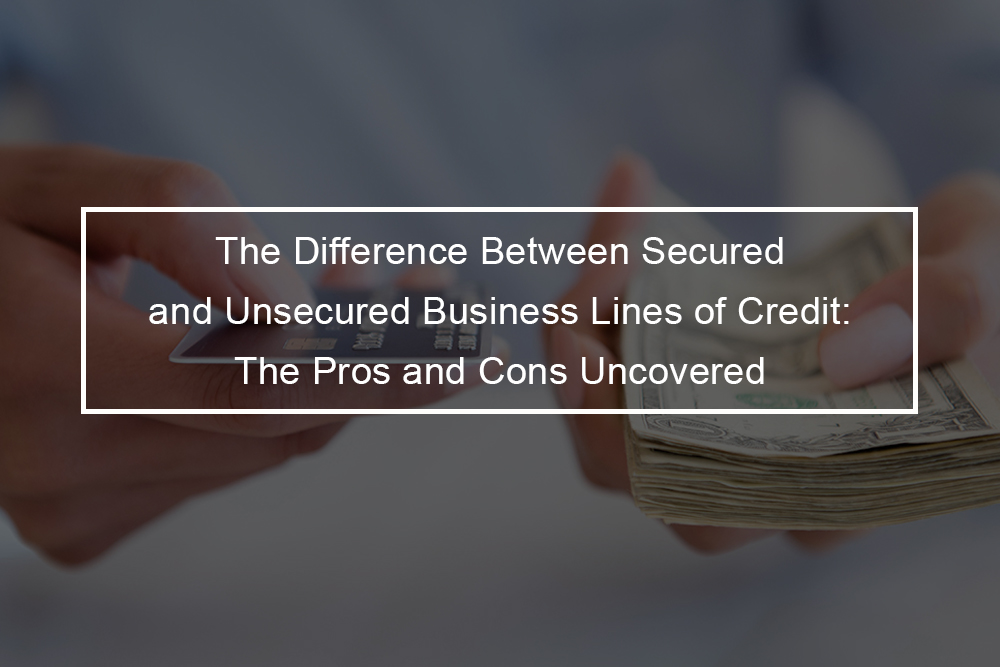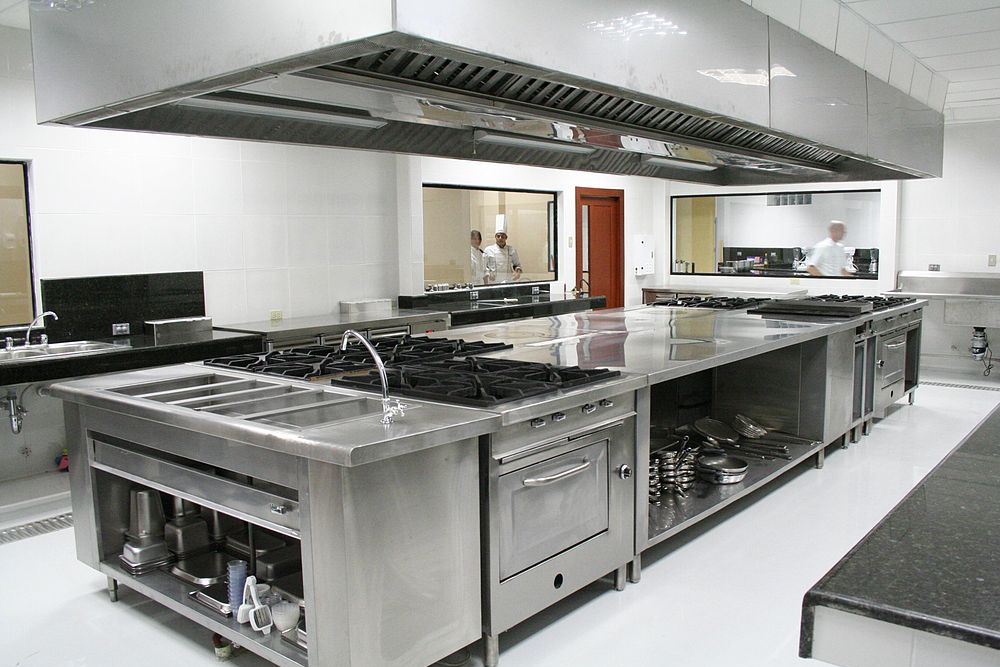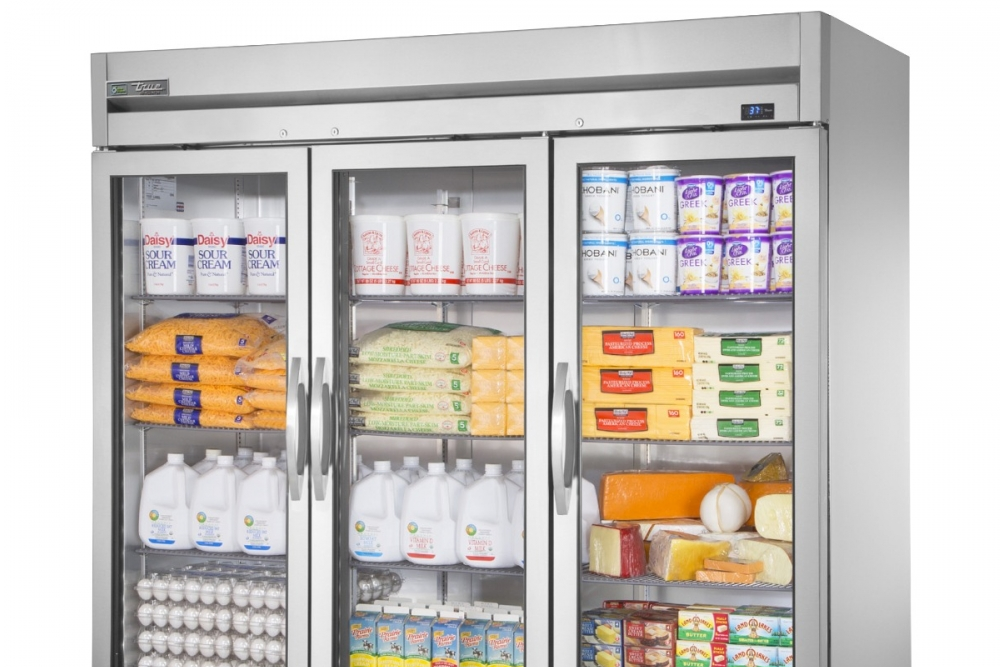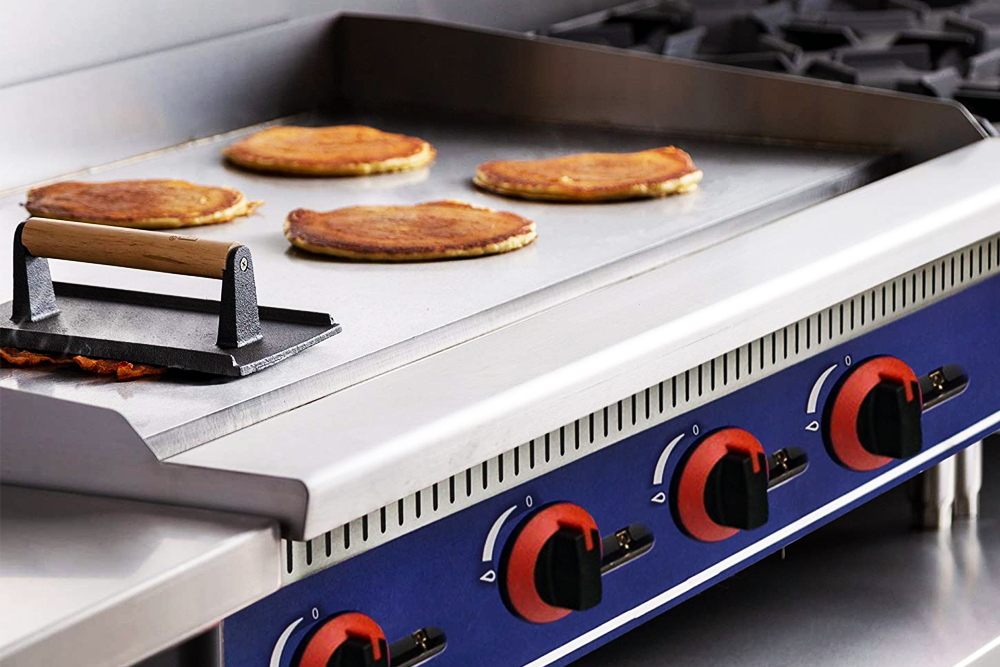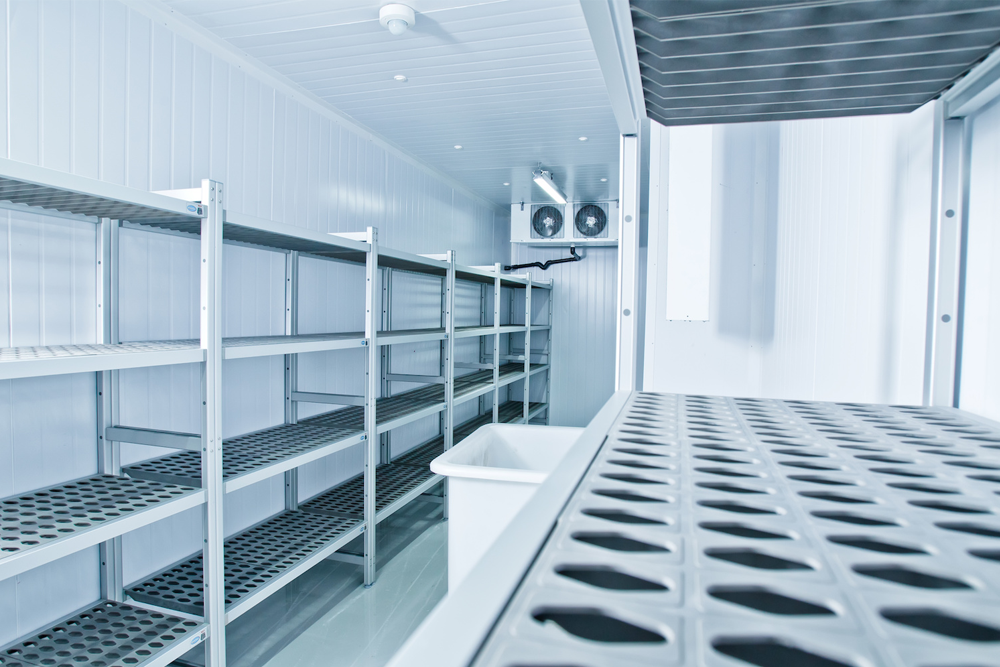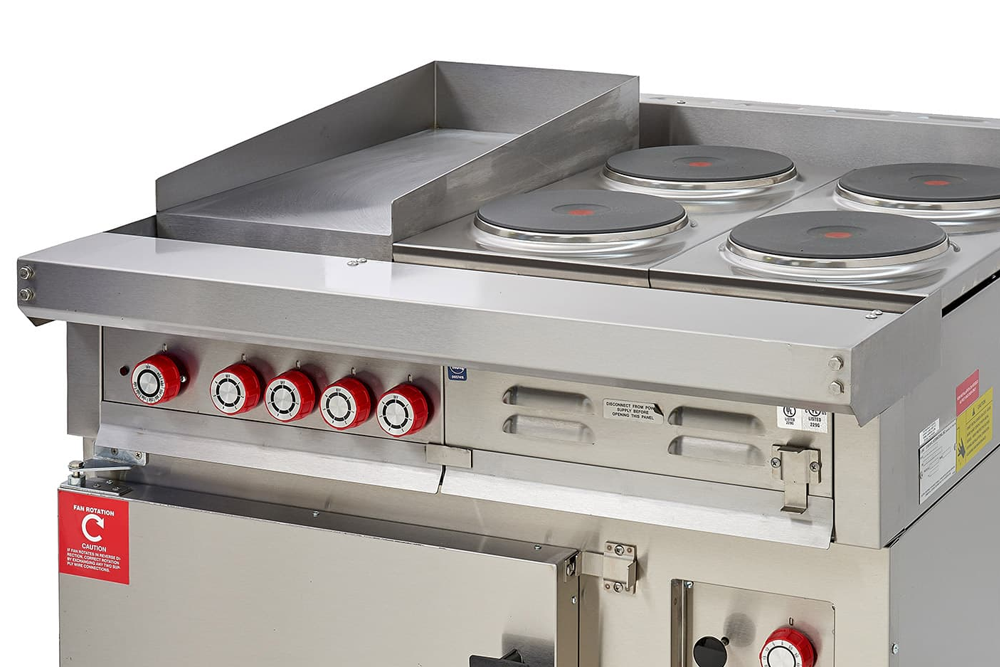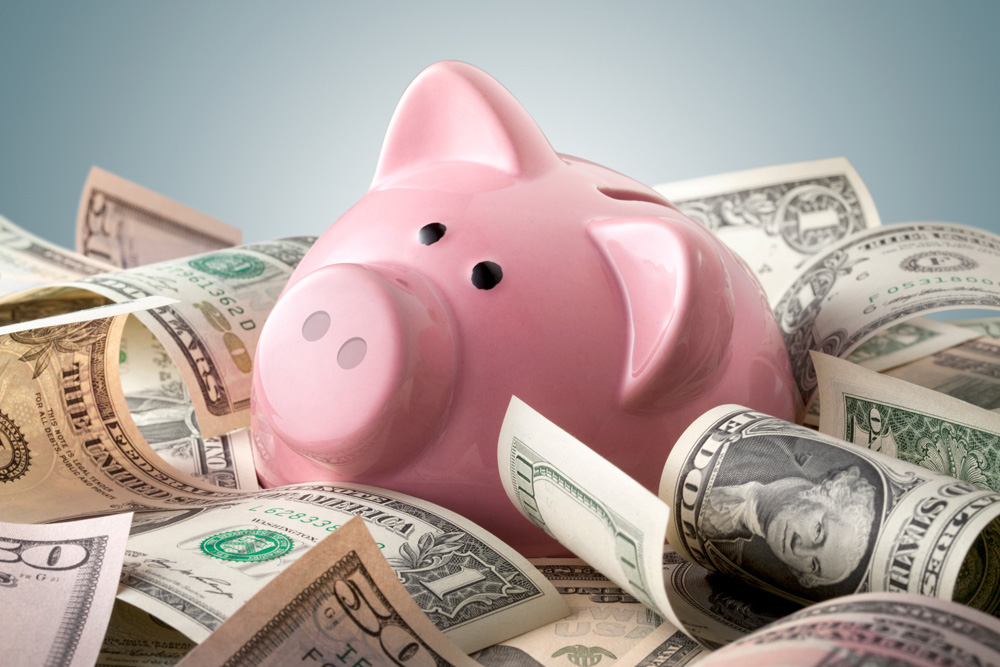A line of credit is an open-ended financing o that can be used for any business purpose. It is a revolving loan, like a credit card. That is, the client can tap the line of credit repeatedly and pay the money back repeatedly. It has a maximum limit; however, no set option expiration date. Lines of credit can be unsecured or secured, and there are significant differences between the two.
What is a secured line of credit?
When any loan is secured, the financial organization has established a claim against an asset that belongs to the loanee. This asset serves as collateral, and it can be liquidated or seized by the lender in case of default. A common sample is a home mortgage or a new auto loan. The bank accepts to loan the money while getting collateral in the form of the car or the home.
The same way a business or individual can obtain a secured line of credit utilizing assets as collateral. In the event you default on the funding, the collateral can be seized and sold by the bank to recoup the loss. Since the bank is certain of getting its money back, a secured credit line generally comes with a higher credit limit and a notably lower interest rate than an unsecured line of credit. One commonly-used version of a secured line of credit is the home equity line of credit. The money will be borrowed against the equity in the home.
Secured lines of credit are utilized in both business and personal credit. When appealing a secured credit card, the applicant will have to deposit money in an amount equal to the requested credit line. The money is held for a duration determined by the lender, and the account might be converted to an unsecured account, and the funds returned to the applicant. An applicant who defaults on the loan will lose all the money they had deposited.
Benefits of a secured line of credit
- Simpler for people with subpar credit scores to secure
- Interest rates are often more affordable
- Typically able to secure a higher line of credit
Drawbacks of a secured line of credit
- High risks for borrowers that do not pay (collateral will be seized)
- Higher lines of the credit increase risk of being buried in debt
- Should have valuable assets to use as collateral
While some borrowers opt for secured lines of credit, it is essential to remember that you are exposing your business or other assets (like a house) to many risks. Besides, you should carefully assess the terms and understand the contract before signing.
What is an unsecured line of credit?
The lender presumes a higher risk of granting an unsecured line of credit. None of the borrower’s assets are subject to seizure upon default. Not surprisingly, unsecured lines of credit are hard to get for both businesses and individuals. For instance, a business might want to open a line of credit to fund its expansion. The finance is to be repaid out of future business returns.
Such loans are only considered if the business is well-established and has an excellent reputation. Even then, lending institutions compensate for the increased risk by limiting the amount that can be borrowed and charging higher interest rates. Credit cards are generally unsecured lines of credit. That is why the interest rates on them are so high. In the case of the cardholder defaults, there is nothing the credit card issuer can seize in compensation.
Benefits of unsecured lines of credit
- Unsecured lines of credit are usually open-ended, with no end date
- No collateral requirements required to be met
- Risks for recipients are lesser since the creditor can not place a lien on the property
Drawbacks of unsecured lines of credit
- Unsecured lines of credit are usually harder to obtain
- The total amount that can be borrowed is often lower
- Interest rates and fees are typically higher
The essential factor with unsecured lines of credit is that the risks are higher for the lender. As such, a business’s cash flow, credit score, and other factors will be more closely scrutinized. Nonetheless, the open-ended nature of unsecured credit lines makes them valuable to business owners who are concerned that they might face money crunches.
Difference between secured and unsecured business lines of credit
The first most evident difference between secured and unsecured lines of credit is a collateral requirement. You have to place collateral in case of a secured loan; however, you would not require any collateral in the event of an unsecured loan.
Because of the above difference, the interest rates also differ greatly in the two. Since the lending institution is at a higher risk while providing unsecured loans, their interest rates are higher. Since the risk is higher in unsecured loans, they are hard to obtain without a good credit score. So, ensure you have a strong credit score to pick up a personal loan, student loan, or credit card.
Credit reporting with unsecured and secured business lines of credit
Lenders can report the payment history of both kinds of loans to the credit bureaus. Late payments and defaults with both types of loans can be listed on your credit report. The lender might use repossession or foreclosure to take the asset tied to the loan with secured loans. These might result in extra negative entries being added to your credit report.
Reasons to get unsecured instead of secured lines of credit
If you do not have enough collateral
The most straightforward reason why an unsecured credit line might be ideal for you is if you do not have adequate collateral to satisfy a lender. By definition, a secure line of credit must be accompanied by collateral. Without sufficient assets to get accepted, an unsecured line of credit is a good option to get the financing you need.
You don’t want your assets to be undervalued by a lender
Banks that provide secured lines of credit ( and secured business loans) are notorious for undervaluing collateral. For instance, industrial equipment that might be worth $50,000 in the marketplace may be valued at $40,000 or even $30,000. Banks do this to lower risk thresholds even further. However, for borrowers, it means that you require to pledge more assets than they should- which adds to their risk.
If you do not want to guarantee your personal and business assets
For various reasons, you should not want to guarantee your personal and business assets, which indicates that an unsecured line of credit is your best option.
You want a line of credit faster
Finally, but certainly not least, a secured credit line might take months to materialize because the loan application has to snake its way through many loan officers and managers. An unsecured line of credit application is simpler to process, and on approval, the funds can be accessible to you right away. Generally, both secured and unsecured lines of credit have benefits over other types of loans. They can be used repeatedly and flexibly, with low minimum payments and no demands to pay in full as far as the payments are up to date. The secured line of credit is clearly the better option since it keeps the costs of borrowing to a minimum.

